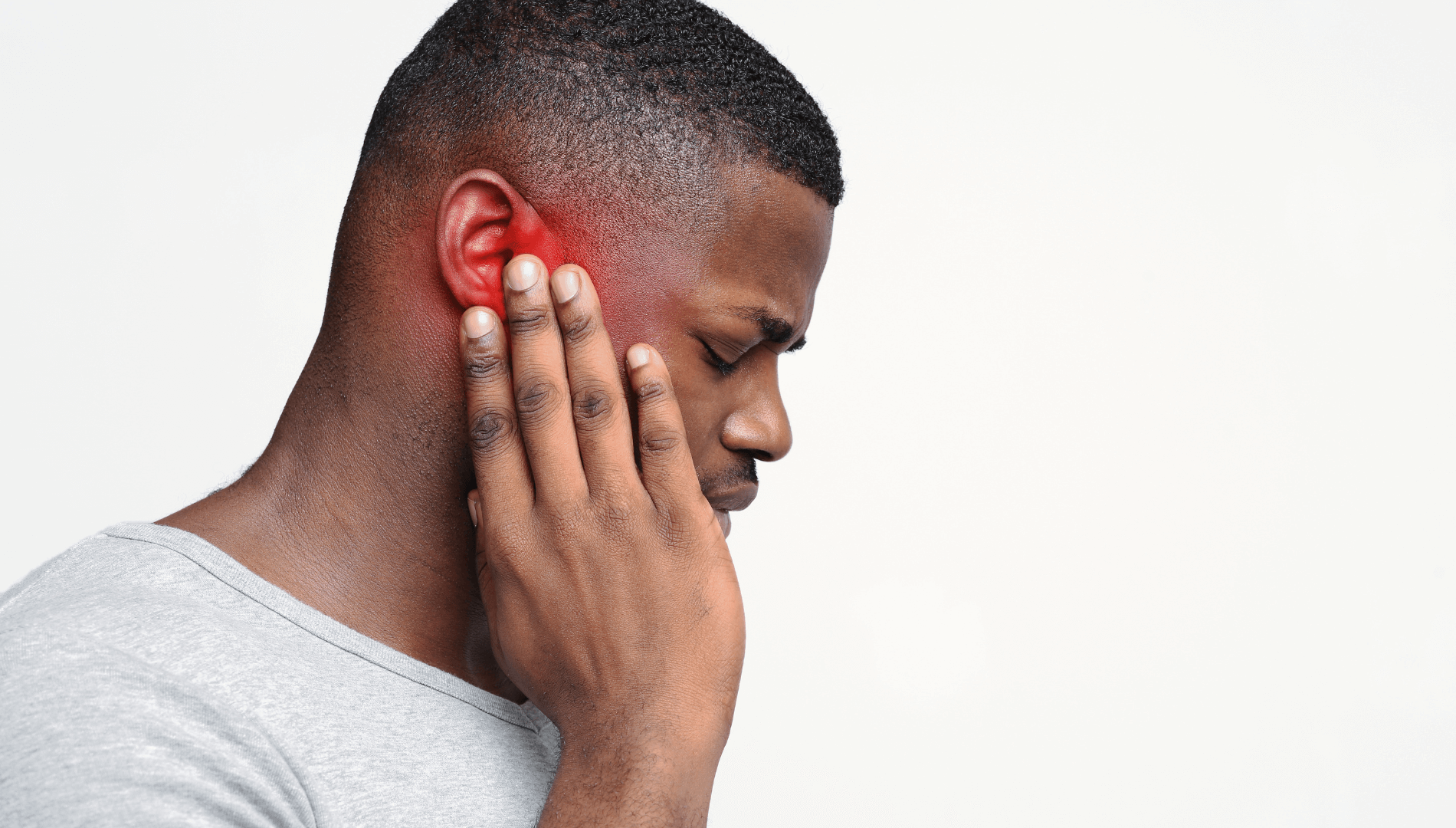
Ear infections can be categorized into three main types: outer ear infections, middle ear infections, and inner ear infections. Each type affects a different part of the ear and has unique symptoms and treatment methods.
Outer ear infections, also known as otitis externa or swimmer’s ear, occur in the outer ear canal, which extends from the eardrum to the outside of the head. Bacteria or fungi thrive in a moist environment and often cause these infections. Symptoms include itching in the ear canal, redness, swelling, and drainage. Pain can intensify when the ear is touched or pulled. An individual’s hearing may also be affected if swelling blocks the ear canal.
Middle ear infections, or otitis media, are infections of the air-filled space behind the eardrum. Bacteria or viruses are common culprits. Symptoms include ear pain, fever, and fluid drainage from the ear. Hearing difficulties are common because fluid buildup behind the eardrum can impede sound transmission.
Inner ear infections, or labyrinthitis, affect the inner ear, which controls hearing and balance. These infections are less common but can be serious. Symptoms include severe dizziness, balance problems, nausea, vomiting, tinnitus (ringing in the ears), and hearing loss. The effect on hearing varies depending on the severity of the infection and how quickly it is treated.
The Impact of Ear Infections on Hearing
Ear infections can significantly impact a person’s hearing, both temporary and permanent. The extent of hearing loss depends on the type and severity of the infection as well as the timely and appropriate treatment.
Most ear infections cause temporary hearing loss. In outer and middle ear infections, the swelling and fluid buildup block the sound from reaching the inner ear. Hearing usually returns to normal once the infection is treated and the swelling subsides.
Permanent hearing loss can occur in some cases, particularly with repeated or severe middle ear infections. Scar tissue on the eardrum or damage to the tiny bones in the middle ear may interfere with their ability to conduct sound. Inner ear infections can even cause permanent hearing loss due to cochlea or auditory nerve damage.
Prevention and Treatment
Preventing ear infections can help protect hearing. Simple measures can significantly reduce the risk of infections.
Regular handwashing and avoiding the insertion of foreign objects into the ears can prevent infections. Keeping ears dry, especially after swimming or bathing, helps reduce the risk of outer ear infections.
Vaccinations, especially the pneumococcal vaccine and flu shots, can reduce the incidence of ear infections. These vaccines protect against bacteria and viruses that often cause ear infections.
Seeking prompt medical attention at the first sign of an ear infection can prevent complications and protect hearing. Treatments typically include antibiotics for bacterial infections and pain relievers to manage symptoms.
Managing one’s allergies can help prevent ear infections. Allergies can cause Eustachian tube dysfunction, leading to fluid buildup and infections. Using antihistamines or other allergy medications can reduce this risk.
Conclusion
Ear infections are common but can considerably impact hearing if not treated promptly and effectively. Understanding the types of ear infections, recognizing their symptoms, and knowing how to prevent and treat them can help maintain good ear health and preserve your hearing. Regular hearing check-ups and proper ear care are essential in preventing ear infections and protecting one of the most vital senses – hearing.
